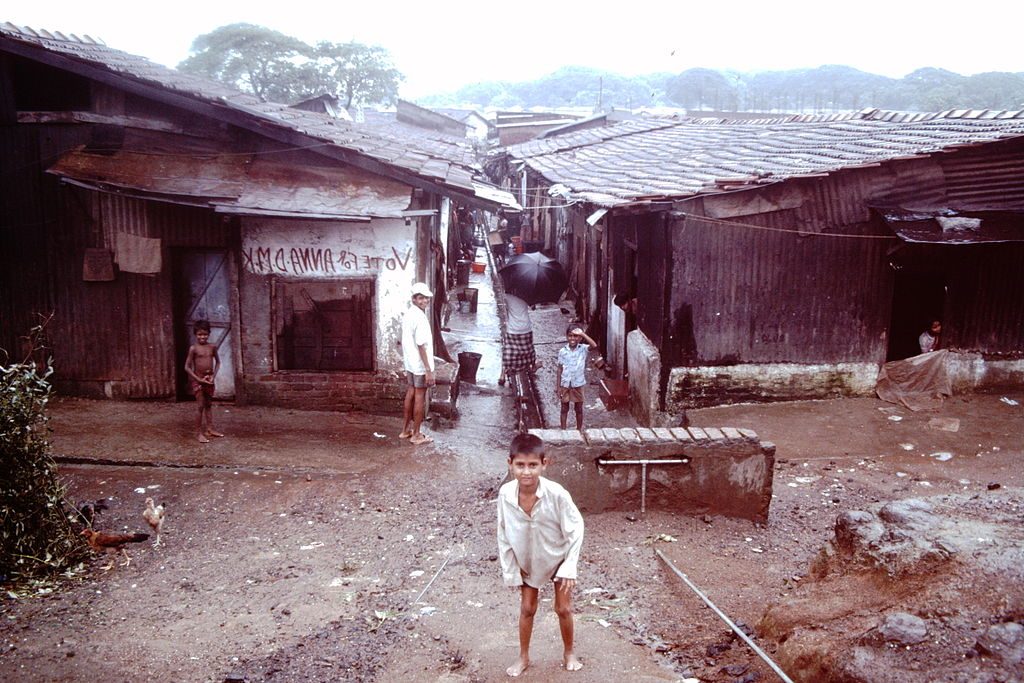Projected to be the largest city in the world by 2050 (Hoornweg & Pope, 2014), Mumbai is experiencing rapid urban growth and is home to one of the largest urban slum populations in the world (R. Hutt, 2016). Urban sanitation is a critical environmental, social, and political issue in Mumbai and will be one of the cities largest challenges in coming years. On this blog we hope to outline the problem of urban sanitation in the context of Mumbai and attempt to analyze past and current policies, problems and solutions, while presenting lessons for sustainable sanitation drawn from Mumbai’s experience.

References:
Hoornweg, D. & Pope, K. – Global Cities Institute Working Paper No. 04. (2014). Socioeconomic Pathways and Regional Distribution of the World’s 101 Largest Cities. [ONLINE] Available at: http://sites.uoit.ca/sustainabilitytoday/urban-and-energy-systems/Worlds-largest-cities/population-projections/city-population-2050.php. [Accessed 29 March 2017].
Hutt, R. – World Economic Forum . (2016). These are the world’s five biggest slums. [ONLINE] Available at: https://www.weforum.org/agenda/2016/10/these-are-the-worlds-five-biggest-slums/. [Accessed 29 March 2017].